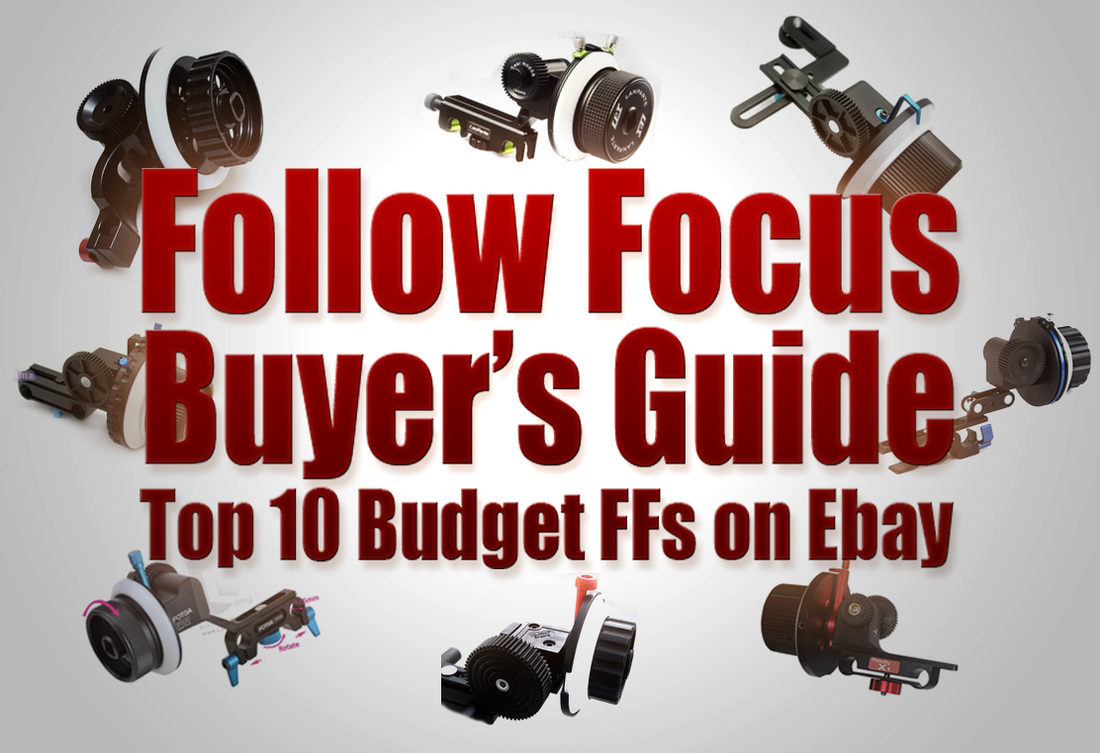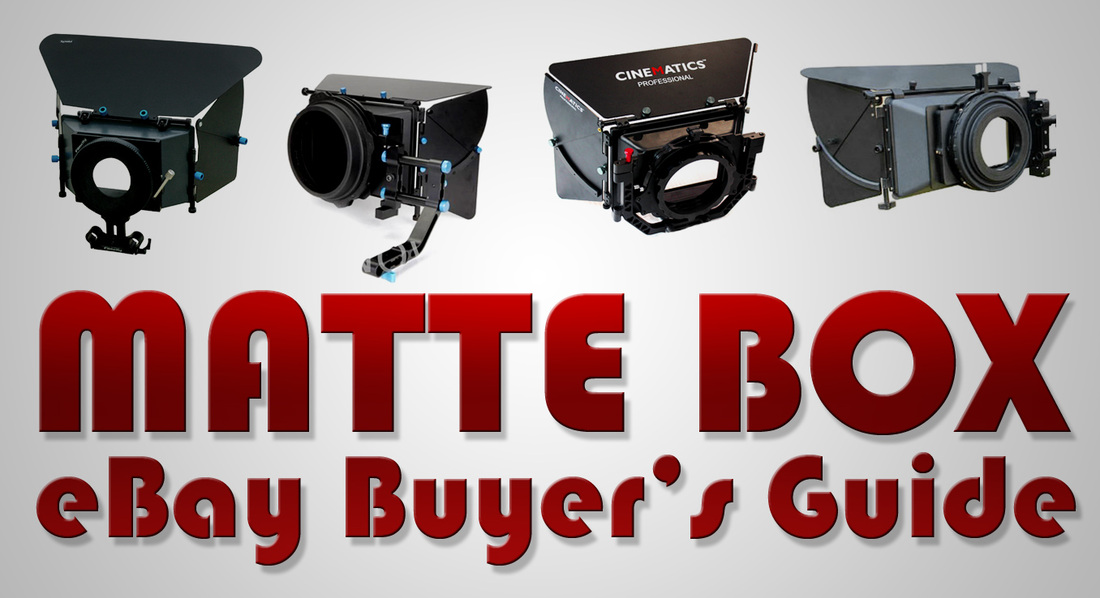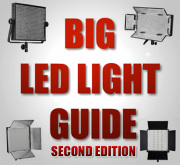Above you can see a quick test I’ve done with this lens while out in a local park. It was really bright and I couldn’t use this lens at wide open aperture, so I think this test footage doesn’t do the justice do to this lens. I really need to test it out in low light next time. At f/2 is should be a great low light performer. I’ve also done some quick tests against the Canon EF 50mm f/1.4, which is a great lens and while Canon produced better results in my test, it wasn’t 10 times better, but it’s 20 times more expensive than Helios, so in my opinion, Helios offers much better value for money than Canon.
Helios 44M is one of the first lenses that started my interest in vintage manual photo lenses for video use. It is a very interesting lens, not only it is one of the cheapest lenses you can buy, but it’s also apparently a Zeiss Biotar copy. The lens optics were based on Zeiss formulas, so these lenses are apparently very sharp, considering you get a good copy. Apparently the quality control was quite poor, so optical quality varies. It is possible that the lens I tested against Canon was not the best optically.
The lens itself is very well built, it’s fully metal, with a nice, long through focusing ring (about 270 degrees). I have 4 of these lenses and a few have slightly stiff focusing rings, so that is something worth bearing in mind.
You can find out a bit more about this lens in a great article I found here. This lens must be the biggest bargain ever. The first Helios 44m I bought, cost me just £3. “Carl Zeiss” quality lens for under £10? That must be the best kept secret in budget filmmaking world, or was I just blinded by “Canon-Only” world around me? If you didn’t know about this lens, now you know, so don’t hesitate even for a second to get one, at £10-£20 what have you got to loose? In the worst-case scenario you can sell it back on eBay.
I will be giving away a few of these lenses in my next giveaway, but if you can’t wait, just pick one up and you won’t regret it.
Helios 44M is one of the first lenses that started my interest in vintage manual photo lenses for video use. It is a very interesting lens, not only it is one of the cheapest lenses you can buy, but it’s also apparently a Zeiss Biotar copy. The lens optics were based on Zeiss formulas, so these lenses are apparently very sharp, considering you get a good copy. Apparently the quality control was quite poor, so optical quality varies. It is possible that the lens I tested against Canon was not the best optically.
The lens itself is very well built, it’s fully metal, with a nice, long through focusing ring (about 270 degrees). I have 4 of these lenses and a few have slightly stiff focusing rings, so that is something worth bearing in mind.
You can find out a bit more about this lens in a great article I found here. This lens must be the biggest bargain ever. The first Helios 44m I bought, cost me just £3. “Carl Zeiss” quality lens for under £10? That must be the best kept secret in budget filmmaking world, or was I just blinded by “Canon-Only” world around me? If you didn’t know about this lens, now you know, so don’t hesitate even for a second to get one, at £10-£20 what have you got to loose? In the worst-case scenario you can sell it back on eBay.
I will be giving away a few of these lenses in my next giveaway, but if you can’t wait, just pick one up and you won’t regret it.

Click to view this item on eBay



 RSS Feed
RSS Feed
